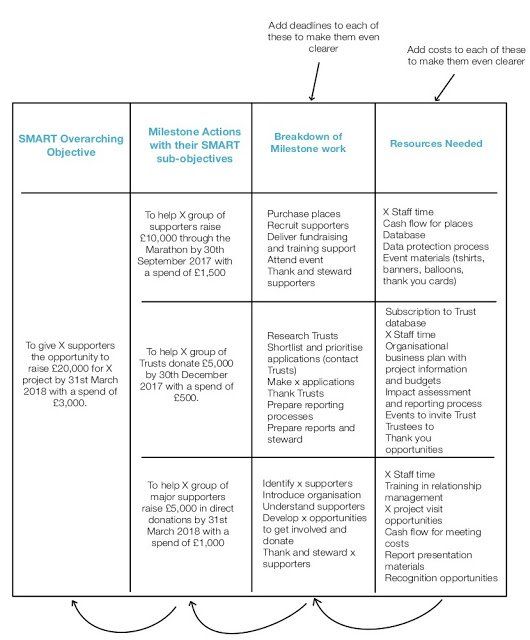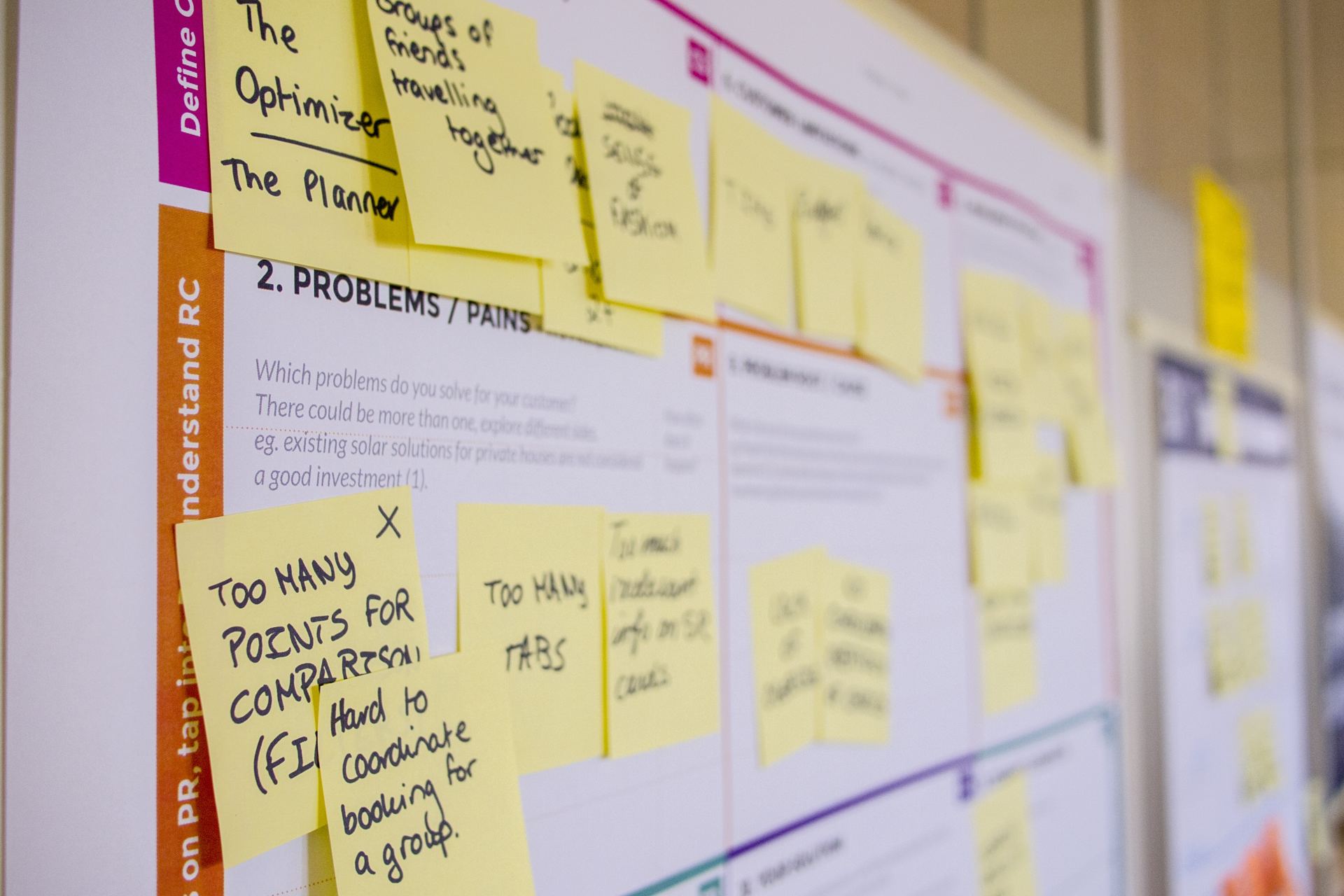Useless Plans and Indispensable Planning
It is a familiar story. You get a third of the way into your year and take a look at the plan that you and colleagues spent weeks pouring over last year, only to conclude that if it floated off out of the window it would likely have little bearing on what you raised for your organisation. I've heard great fundraisers denounce gift tables, cash flow projections, pipelines, declaring them pointless. I can't really argue with that reality. By the time you are in the swing of your year the unforeseeable is happening and the agile fundraiser is making the most of new opportunities, weaving them in amongst the skeleton of the original plan.
So why bother if it is all going to go to pot anyway? The answer to that for me lies in how we define planning. If we call a plan 'what we are going to do', then it is likely to be the most frustrating document created. But if we call it, 'How I know I can handle what is expected of me', then the purpose changes. It goes from a blueprint to a toolkit. It has detail of what could be delivered to meet goals, but it should also ensure the right resources are available to meet unexpected circumstances. And importantly, because the planning process (if done properly) ensures that the goals are completely realistic and that breeds a confident fundraiser which, let's face it, is usually one of the least common species of fundraiser out there!
So planning for me is non negotiable, it has to happen because I want my fundraisers to be confident. That confidence comes when they can see that the goal for the year is aligned with what they can deliver through their activity. And that activity in turn is aligned with the resources, skills and processes that they have to hand. When these come together there is a satisfaction akin to solving an equation.
Thankfully, to achieve this we don't need Matt Damon's Good Will Hunting mind. I have a simple presentation technique that I'm creatively calling a '4 Tiered Planning Model' which has been a helpful starting point for teams. Here is a simple overview of it:

The goal is to make sure that the far right hand column of resources are within the availability and comfort level of your organisation. In turn these resources should be sufficient to deliver the breakdown of activities in the column to the left. They should also be sufficient in staff time and skill and cash flow to cover some unexpected opportunities that might be delivered instead of something you originally planned. Continuing left the breakdown of work should be sufficient to make sure that milestones of activity can be delivered and these in turn will be sufficient to reach your overarching objective.
When each column feels achievable then fundraisers go from feeling overwhelmed, anxious and isolated to feeling excited about the remarkable contributions they can make to their organisations.
Knowing what activity is best placed to hit your overarching milestones is a matter for a strategy blog. I'll be adding it to my list of things to cover here soon.
In the meantime can you think of ways we could make this approach even better? Have you used it recently? Why not drop me a line and let me know your thoughts.
Kim
P.s. Thanks to David Skoppek for the nudge I needed to get this one up here!
Other Blog Posts











